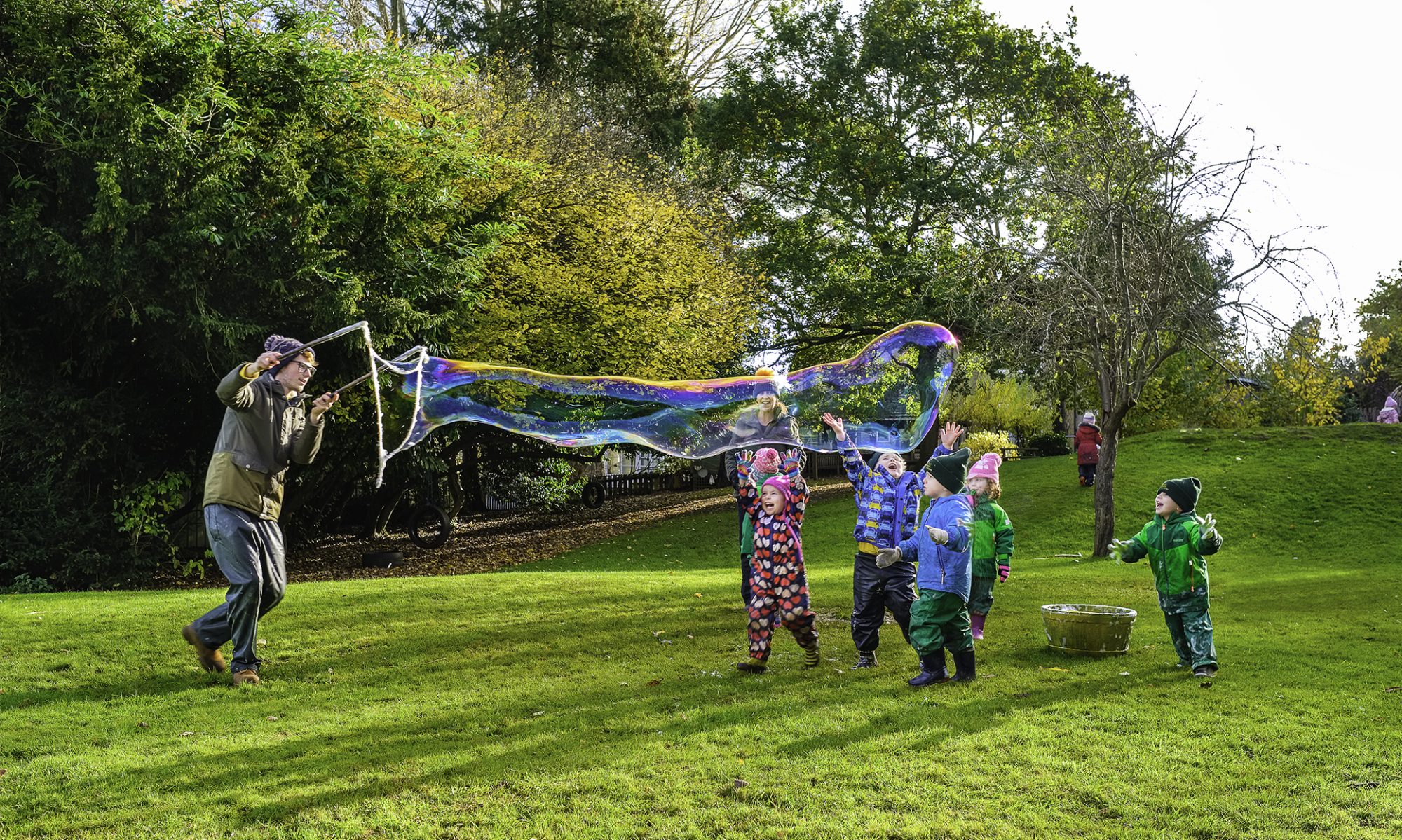This content is restricted to site members. If you are an existing user, please log in. New users may register below.
Children are welcome to dress up in Halloween outfits or Red, Orange and Black clothes on Friday 29 October or anytime that week. Please avoid anything too spooky or accessories that might be lost or broken. We have a variety of outfits at nursery if you happen to forget. Happy Halloween.
Guy Fawkes Night is held annually on November 5th. It may also be called Fireworks Night or Bonfire Night.
It commemorates the arrest of Guy Fawkes and the failure of the so-called ‘Gunpowder plot’ to blow up the English Houses of Parliament in 1605.
History of Guy Fawkes Night
On the night of November 4th 1605, following a tip-off through an anonymous letter, Guy Fawkes was caught guarding thirty-six barrels of gunpowder in a cellar beneath the Houses of Parliament in London.
The conspirators of the Gunpowder Plot were Roman Catholics who opposed the lack of religious tolerance under King James I. They planned to assassinate James and his government by blowing up the House of Lords during the State Opening of Parliament on November 5th 1605. This was to be the start of a series of actions across England that would lead to the installation of James’ daughter Elizabeth as a new Catholic head of state.
Fawkes and seven others were tried and convicted of treason and executed in January 1606. His head was among those displayed on pikes at London Bridge.
- Did you know? Upon his capture, the fake name Guy Fawkes gave to officials was ‘John Johnson’.
Within months Parliament established November 5th as a national day of thanksgiving and it was made illegal not to join in the celebrations. The act remained in force until 1859.
Some see the promotion of the celebrating of the foiling of the Gunpowder plot as a way of having a Protestant celebration as an alternative to the pagan Halloween. Ironically in modern-day England, Guy Fawkes night is becoming less popular with the traditions being swallowed by the more popular Americanized Halloween festivities.
In the graphic novel and movie, V for Vendetta, V wears a mask of Guy Fawkes. This mask was taken up as a symbol of rebellion by the ‘Anonymous’ and ‘Occupy’ movements. The mask became the top-selling mask on Amazon.
A tradition was that children would make a dummy of Guy Fawkes and ask people for money (A‘Penny for the Guy’) which they spend on fireworks. This custom of going from door to door asking for money was already a custom for the poor on All Souls Day (November 2nd) and a similar tradition existed in Ireland during Halloween (October 31st).
As the tradition of making a dummy grew in popularity, ‘Guy’ became a word to mean any oddly dressed person, then in the 20th century it became the commonly used slang word of today as a way of referring to any male person.
Fireworks, Lighting bonfires (on which the ‘Guys’ were placed) and ringing church bells on November 5th also became common traditions. It seems odd to light a fire and set off explosives to mark an event which stopped exactly that happening, but the bonfire tradition at this time of year is a much older custom echoing pagan customs of lighting fires to mark the end of harvest. Bonfires were part of the Irish Halloween tradition that didn’t make it across the Atlantic into the American customs.
Despite his infamy, in 2002, the public voted Fawkes the 30th greatest Brit of all time.
Fireworks displays and bonfire parties are still common across England, but many large organised displays take place on the weekend closest to November 5th.

